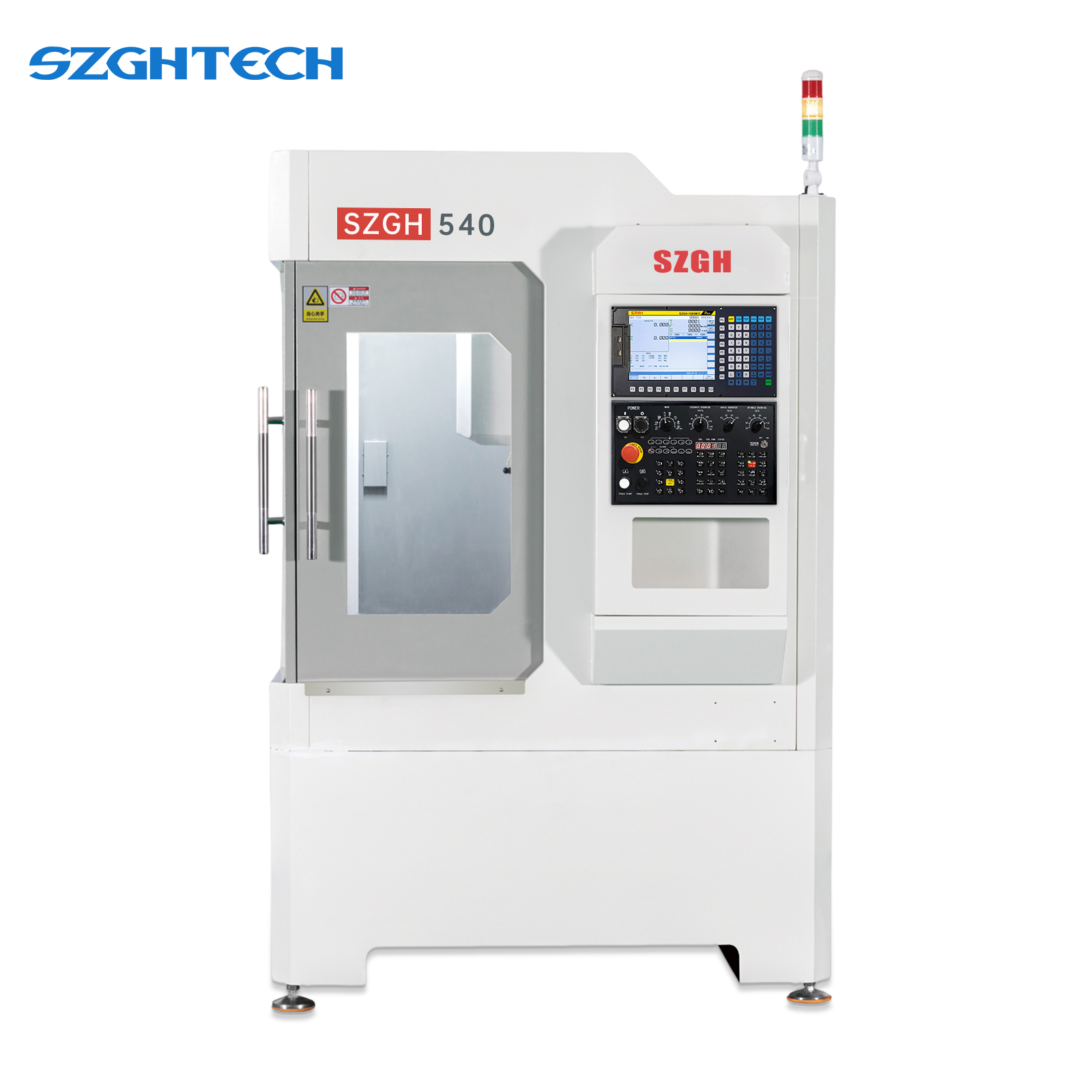SZGH 540 CNC Milling machine – Stability Meets Efficiency
The 540 CNC milling machine is a widely recognized control system tailored for 3-axis or 4-axis cnc milling machines. Known for its cost-effectiveness and stable operation, the 540 provides essential features required for most standard cnc milling projects:
Support for 3/4-axis simultaneous motion
G-code compatibility for seamless integration
Reliable motion control and spindle regulation
Compact design with straightforward installation
Ideal for entry-level or mid-range cnc milling systems







